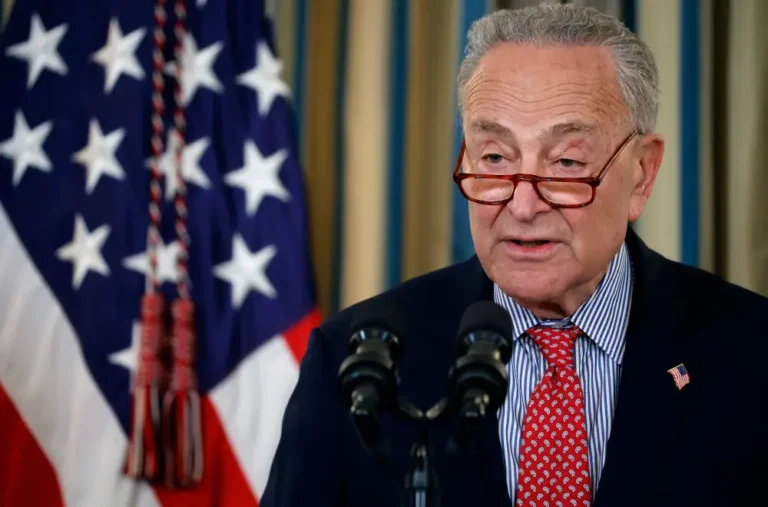Constitution Day: A quiz on the longest surviving written charter of government

Here’s a timeline of all the amendments
To commemorate the signing of the Declaration of Independence, we have a holiday, parades, and light fireworks. But what about the Constitution? The legal pact we all adore, debate, and, in some cases, die to defend? On September 17, 236 years ago, the framers signed the Declaration of Independence and sent it to the states for ratification. It took three years for all states to sign on to the Constitution.
The United States’ supreme law is the Constitution. These four large sheets of parchment define the federal government’s framework and powers. The Constitution was given to the Department of State in 1789 and remained there until 1921, when it was given to the Library of Congress. It was displayed there from 1924 to 1954. The four sheets of paper that make up the Constitution have since been on display at the National Archives in Washington, D.C.
A long-term impact
The United States Constitution was a difficult compromise. Many of the framers were unhappy with the various ideas, and they debated them for four months. On signing day, even Benjamin Franklin expressed reservations, saying, “There are several parts of this Constitution which I do not currently approve…” Before signing, Franklin added, “But I’m not sure I’ll ever approve them.” The United States Constitution is the world’s longest-surviving written charter of government, and it serves as a model for democratic nations worldwide.
The legislative branch is charged with making laws under Article I.
Article II describes the executive branch, including the president’s and vice president’s offices.
Article III establishes the judicial branch, with the United States Supreme Court serving as the highest court in the federal court system.
The Constitution contains seven articles.
The Ratification Procedure
The first nine states took ten months to ratify the Constitution and make it effective on June 21, 1788. The remaining states, including Rhode Island, which did not attend the Constitutional Convention, later approved. Several states supported it unanimously, but many were hotly contested.
Put your knowledge to the test
The bill of rights is as follows:
The first ten amendments
B) The fifteenth amendment
C) The entire United States Constitution
Answer: A. When the Constitution was written in 1787, there was concern that the federal government would become too powerful. The Bill of Rights was added in 1791 to limit the power of the national government and to protect all Americans’ individual rights.
Who penned the preamble?
“We the People of the United States, in order to form a more perfect Union, establish Justice, insure domestic tranquility, provide for the common defense, promote the general Welfare, and secure the Blessings of Liberty to ourselves and our posterity, do ordain and establish this Constitution for the United States of America.”
F. Scott Fitzgerald’s
Benjamin Franklin B)
Morris, Gouverneur
C. Morris, a native New Yorker, was Pennsylvania’s delegate to the convention. He was one of five authors of the Constitution, but he is solely responsible for the preamble.
What was the name of our country’s first constitution?
A) The Confederation Articles
B) Federalist Papers
The Emancipation Proclamation (C)
A is the answer.
What city hosted the Constitutional Convention?
A) The city of Philadelphia
B) The city of New York
C) The city of Washington, D.C.
A is the answer.
Between May and September 1787, the Constitutional Convention met in Philadelphia to address the problems of the Articles of Confederation’s weak central government.
Which of these Founding Fathers did not attend the Philadelphia Constitutional Convention?
A) Theodore Roosevelt
B) The signature of John Hancock
John Adams C
D) Each and every one of them
Answer: D. Jefferson was minister to France, Adams was minister to the United Kingdom, and Hancock declined the invitation.
Is it required by the Constitution for the Speaker of the House to be a member of Congress?
A) Yes
B) No
Answer: B, despite the fact that a nonmember has never been chosen as a speaker.
How many Declaration of Independence signers signed the Constitution?
A) 76
B) 6
C) 12
B, George Read, Roger Sherman, Benjamin Franklin, Robert Morris, George Clymer, and James Wilson are the correct answers.
Correct answers: 5-7 = Supreme Court Justice
The modifications made over time
The Bill of Rights consists of the first ten amendments to the Constitution, which were ratified on December 15, 1791. Over the years, there have been 27 amendments.
National Archives, US Citizenship and Immigration Services, The White House, and Constitutioncenter.org are some of the sources.





